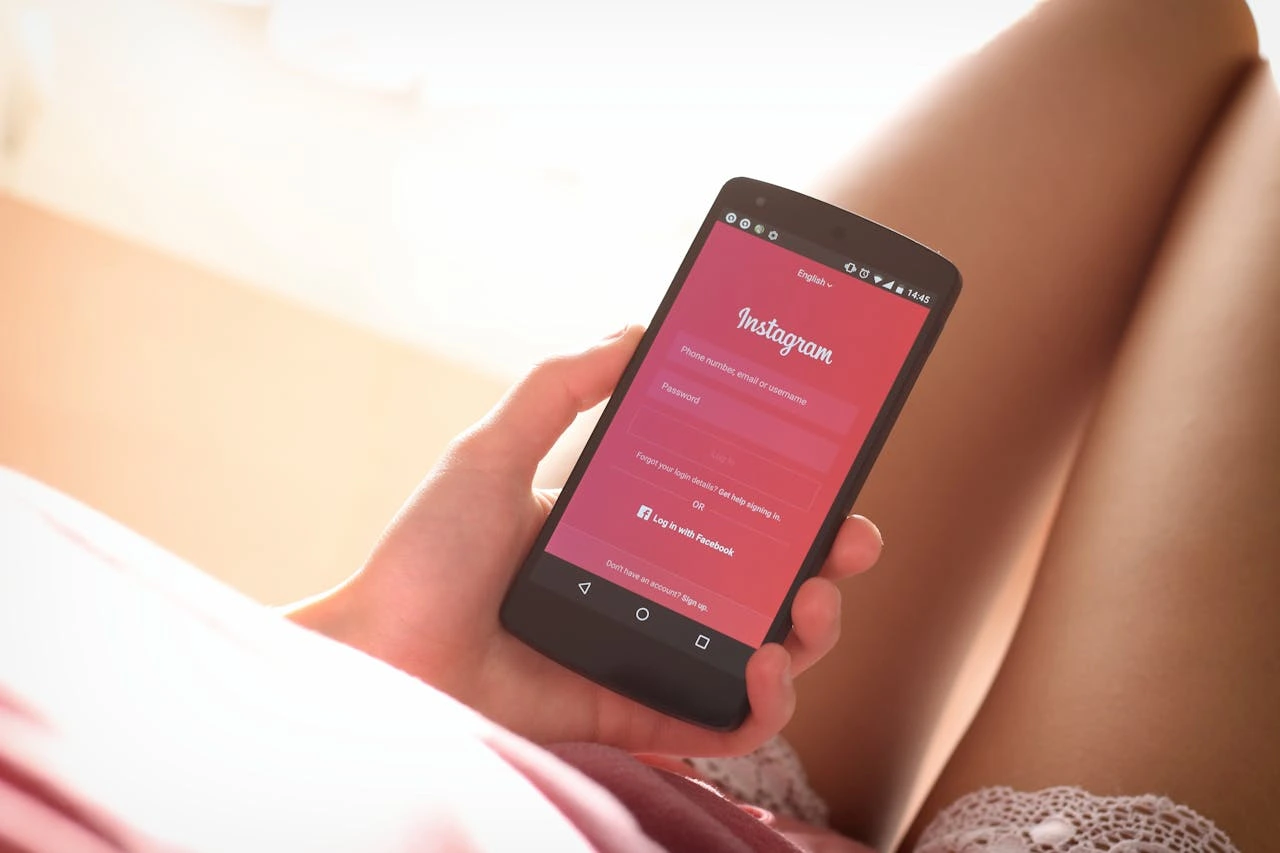Instagram users may have noticed their videos looking unexpectedly blurry, and it turns out that may be intentional. Adam Mosseri, head of Instagram, recently confirmed that the platform adjusts video quality based on content popularity. This surprising admission emerged during a user “Ask Me Anything” session where Mosseri explained that videos, particularly in Reels and Stories, may not always display at their highest quality. Instead, video resolution can shift based on how many views a post garners over time.

According to Mosseri, Instagram uses a “dynamic system” to handle video quality based on various factors, including how frequently a video is viewed and whether the user has a high-speed internet connection. “If something isn’t watched for a long time,” Mosseri noted in a screen-recorded clip, “we will move to a lower quality video.” This statement has generated significant discussion, especially on Meta’s Threads platform, where creators and users alike have raised concerns about the impact of this tactic on content visibility and engagement.
How Instagram’s Video Quality System Works
Mosseri explained that the video quality downgrade applies when a video isn’t receiving views consistently over time. After the initial wave of engagement, if a video isn’t frequently revisited, the platform’s algorithms may switch to a lower-resolution version. Conversely, if a video regains popularity later, Instagram will re-render it at a higher quality. Mosseri emphasized that this adjustment is intended to keep the platform optimized, ensuring efficient use of resources without compromising initial user experience.
Instagram aims to show users “the highest quality content that we can,” but the approach, Mosseri said, involves using storage and processing resources judiciously. “We bias to higher quality encoding and storage for creators who drive more views,” Mosseri elaborated in a Threads post, which involves storing larger file sizes with higher CPU-intensive encoding for popular videos. The system, however, isn’t binary; it operates on a sliding scale, with slight but gradual shifts in quality rather than drastic changes.
Practical Consequences for Smaller Content Creators
For smaller creators who are working to build an audience, this quality-based approach has sparked unease. While Mosseri assured users that quality shifts are subtle and do not heavily impact video content, some creators argue that even a slight reduction in quality can be discouraging. Many users on Threads expressed frustration, especially those new to content creation who worry that lower-quality videos may discourage viewers from engaging with their content, limiting their potential to grow.
This feedback has been particularly vocal among creators focused on video quality, as it’s a major draw for their audiences. “It was demotivating, especially when quality is a key reason why people follow you,” shared one creator on Threads. For these creators, Instagram’s approach feels like an additional challenge in competing with established influencers, who already receive preferential treatment in terms of algorithmic visibility and video resolution.
The Importance of User Connection Speed and Device Performance
The platform’s video quality adjustments also factor in the individual viewer’s internet speed and device performance. If a viewer has a slow internet connection, Instagram will automatically serve them a lower-resolution version of the video to avoid long loading times. In such cases, the priority is to prevent users from waiting through prolonged buffering by offering a version of the video that loads smoothly. Mosseri clarified, “We’ll serve a lower quality video so that it loads quickly rather than giving them a spinner. It’s a pretty dynamic system.”
Balancing Quality with Engagement
While creators were concerned, Mosseri argued that in practice, a video’s content usually holds more weight than its quality when it comes to attracting viewers. He believes the majority of users aren’t deterred by slight quality adjustments and that viewers are more interested in engaging with the storyline or entertainment value of a video. “Quality seems to be much more important to the original creator, who is more likely to delete the video if it looks poor, than to their viewers,” he shared in a follow-up post.
Growing Conversations and Community Feedback
Since Mosseri’s comments, discussions have proliferated across social media platforms, with a number of news outlets, including The Verge, amplifying the dialogue. Some users have shared humorous takes, like one commenter on Threads who joked, “Now I know why my old videos look like I’m filming with my microwave.” Yet, others expressed legitimate concerns over what this approach means for long-term platform accessibility and fairness, particularly for new or niche creators.
Mosseri’s response to the concern highlights the complexity of social media platforms balancing between high-quality experiences and technical efficiency. With content quality directly impacting creators’ potential growth, some feel that Instagram’s tactic could unintentionally push them away. Another user wrote, “This actively prevents beginners from competing when their videos start with lower quality.”
Will Instagram Refine Its Approach?
Following the backlash, Mosseri indicated that Instagram may continue evaluating how its system affects creators. While he didn’t mention specific changes in response to the criticisms, his openness about the platform’s approach to quality control has certainly invited more feedback. Instagram’s adjustments based on content popularity and viewer connection speed showcase a nuanced attempt to manage platform resources, yet the frustration from the community may prompt additional consideration.
As Instagram continues to evolve its system, this feedback loop between the platform and its creators will be instrumental in finding a balance that doesn’t inadvertently discourage growth for smaller accounts. While quality adjustments are currently a “dynamic” factor in Instagram’s video display, it remains to be seen if the platform will adjust its tactics to address concerns raised by its creator community.
Ultimately, Mosseri’s transparency has spurred meaningful conversation around how social media platforms optimize content for both engagement and accessibility, especially as users expect quality to remain consistent regardless of popularity or internet speed. For now, creators can keep this feature in mind when assessing their own content strategies, knowing that quality may be adjusted depending on their reach.






